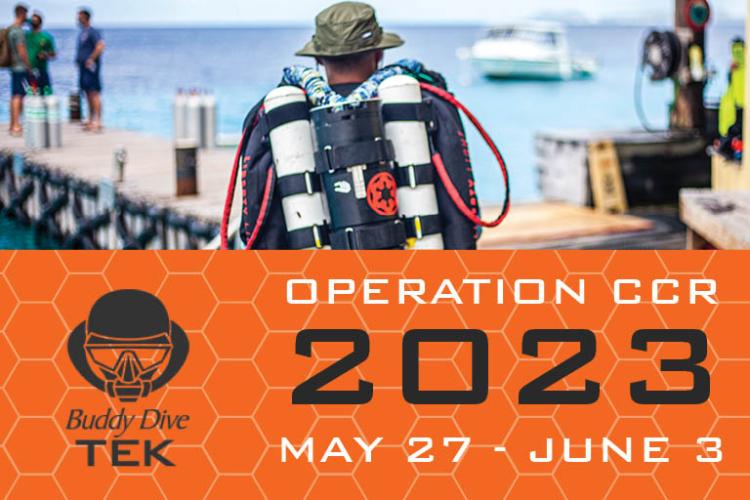Mercury Avatar
What does the climate-conscious dive club or other owners of a dive boat with an outboard engine chose as propulsion for their vessel? An electric engine of course.
What does the climate-conscious dive club or other owners of a dive boat with an outboard engine chose as propulsion for their vessel? An electric engine of course.
This is a story about a “cave man” in paradise. OK, you smile, that is a good start, as this tale will certainly whet your appetite. Pierre Constant shares his adventure diving the caves of the Mikea Forest in South Madagascar.
Diveheart Malaysia is part of the US-based non-profit organization Diveheart in Chicago, which focuses on helping disabled persons become certified divers through the adaptive diving techniques specialty training of the Professional Association Diving Instructors (PADI).
RHB Banking Group’s managing director and chief executive officer, Mohd Rashid Mohamad, said the bank was the first banking group in Asia with its own team of employees who are qualified PADI Adaptive Techniques support divers.
For the first time the Underwater Tour Awards partnered with environmental education and action organisation, Take 3, and introduced a new novice category, The take 3 for the Sea Contest. Proceeds from registration fees and additional donations were given to Take 3.
Workers at a quarry near Dungeness made the dramatic discovery of a rare Elizabethan-era shipwreck on the coast of Kent while dredging gravel for building materials out of a lake in April.
The location is now some 300 metres from the coast, but archaeologists believe that the site was once right on the coastline. The vessel could have been wrecked or abandoned on the former shoreline, and then gradually buried in sediment as time passed and the headland expanded.
That the waters of Scandinavia are simply cold and dark is a point of view you often come across, even among some divers from the region. However, Scandinavian waters offer an enormous wealth of shipwrecks that can compare with the most famous sites. This includes Viking ships, well-preserved medieval wrecks in the brackish waters of the Baltic Sea to war wrecks from the world wars and sunken merchant vessels. In a comprehensive new work spanning two volumes, René B. Andersen and Andrew Marriott review a large number of exciting wrecks worth seeing and describe the dramatic events that led to their sinking.
We had a chat with René B. Andersen about the books.
X-Ray Mag contributor, wreck diver and underwater photographer Vic Verlinden and his team conducted "Lusitania—Project 17," a five-year thorough study documenting and photographing the wreck. His efforts over five expeditions have resulted in this hardcover book, telling the story of this illustrious vessel.
Hidden compartment for AirTag in Arca-Swiss compatible quick-release plate makes it easy to track camera location in case it is lost or stolen.
When it comes to diving, Indonesia has no shortage of bucket-list worthy destinations, boasting some of the most biologically diverse tropical reefs and critter sites in the world. For the macro photographer, North Sulawesi’s Lembeh Strait is the proverbial Holy Grail.
A study of 22 toothed whales which died in strandings along the Scottish coast shows that some of them exhibited hallmarks of Alzheimer’s disease, and this might have—at least in part—caused the stranding incident.
The dolphin species involved in the study were five species: Risso’s dolphins, long-finned pilot whales, white-beaked dolphins, harbour porpoises and bottlenose dolphins.
In this study, researchers discovered that fish larvae around the world used external cues like the sun, Earth’s magnetic field and sounds to find their way around in the open ocean.
The fish larvae were able to control their destination and migrate by keeping a bearing.

In 2023, Your Buddies on Bonaire are back with a new edition of Operation CCR.